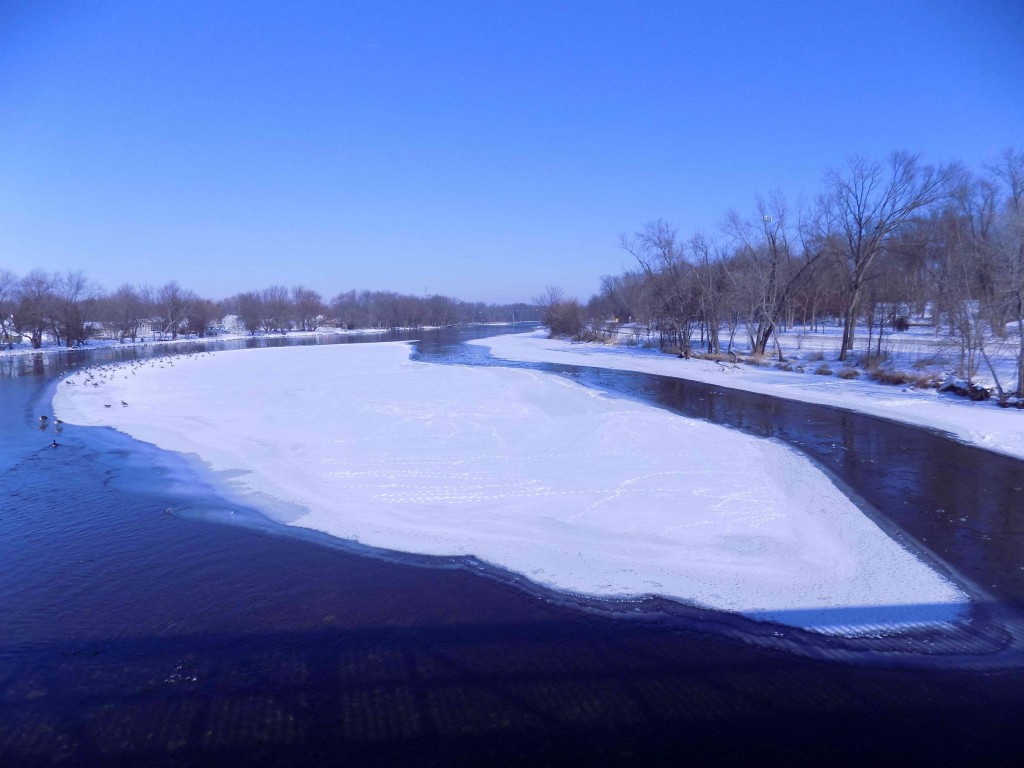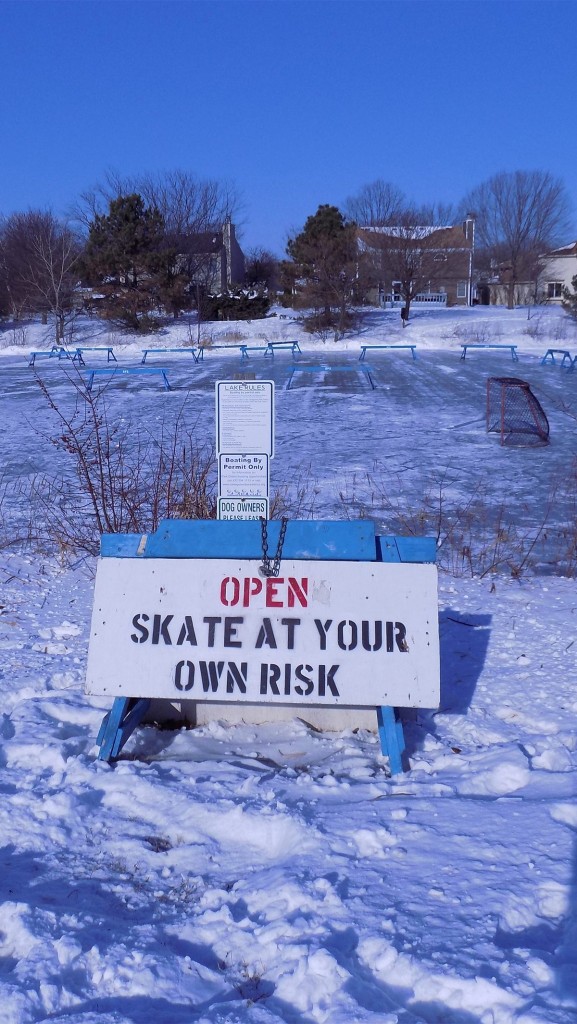Watch your STEP
January 21, 2015
Local fire officials warn there no such thing as ‘safe ice’
There’s no such thing as “safe ice.”
The rescue of a child who had fallen through ice on a pond in Downers Grove earlier this month drives home the need for caution on frozen surfaces.
The child was rescued and reported in good condition after transport to a nearby hospital.
But the outcome could easily have been tragic, leading an area fire department to remind residents of the dangers of walking on ice-covered bodies of water.
Ice thickness and stability are never guaranteed.
In Kane County, that’s especially true on the Fox River. But the advice also holds true for the endless array of retention ponds, lakes, fens and streams in various towns.
Kane County Office of Emergency Management Director Don Bryant says the best advice he can give to anyone before walking out on any body of ice, whether a creek, a pond, a lake, or the river, is know how solid the ice is.
“Although the temperature may be below freezing, a bright sunny day can cause the ice to soften making it hazardous,” he said. “If there is any question as to how solid the ice is the best practice is to stay clear and be safe.”
Lt. Pat Gengler of the Kane County Sheriff’s Office, says the St. Charles Fire Department press release “hits it out of the park.”
“We get so caught up in the roads that we often forget about all the bodies of water in the area,” Gengler said. “There seem to be more and more self-made ice rinks, and we would encourage people to find those before they consider venturing out on open water such as the Fox River or one of the ponds.
“It is impossible to really know how safe the ice is. Normally the goal is to have fun and enjoy the environment, but if you are not aware of your surrounding and extra cautious, that fun event can turn tragic very quickly.”
St. Charles fire officials say many unseen conditions and dynamics can impact the stability of seemingly stable ice and lead to potentially disastrous consequences.
These factors include:
* The temperatures experienced during the preceding days as well as on the day you are on the ice
* The depth of any snow cover
* The depth of water under the ice
* The size of the body of water
* Any sustained fluctuations in temperature
* Extent of ice coverage
An especially dangerous practice involves walking on the ice in pursuit of pets that may have fallen into the water.
Sections of ice can be deceptive in their stability and should not be trusted if a pet ventures out to explore or to chase a bird or other animal.
When evaluating the ice, danger/warning signs include:
* Flowing water near or at the edges of the ice
* Water flows in or out of the iced-over water body
* Cracks, breaks or holes
* Ice that appears to have thawed and refrozen
* Abnormal surfaces that you have not seen before—e.g., pressure ridges caused by currents or winds
If your pet does fall through the ice, fire officials say do not attempt to rescue the animal.
Call 911 and the Fire Department will evaluate and aid in the effort to rescue pets in the water. Firefighters have the appropriate protective equipment for cold water rescue and are ready to assist.
Suburban Chronicle news sources and staff reports









